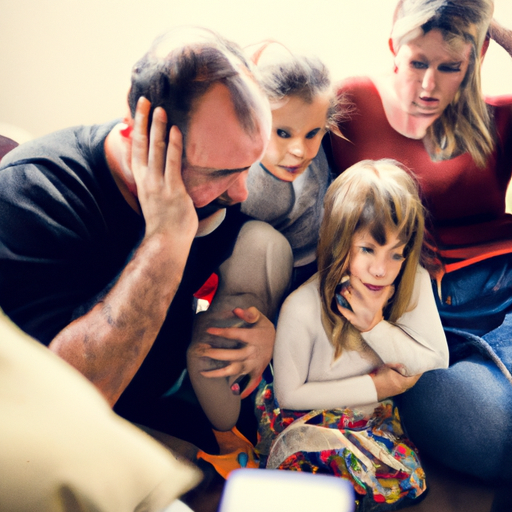As natural disasters and emergencies continue to occur worldwide, every household needs to have an emergency preparedness plan in place. Disasters can happen at any time, and being prepared can make a significant difference in the outcome of a situation. In this article, we will explore why every household needs an emergency preparedness plan and the steps involved in creating one.
Why Do You Need an Emergency Preparedness Plan?
An emergency preparedness plan is a comprehensive strategy that outlines what to do in the event of a natural disaster or emergency. It’s a proactive measure that aims to minimize damage and ensure the safety of everyone in your household. Here are some reasons why you need an emergency preparedness plan:
To Keep Your Family Safe: Natural disasters can happen quickly and unexpectedly, leaving you and your family little time to react. Having an emergency preparedness plan ensures that everyone knows what to do and where to go in case of an emergency.
To Minimize Damage: A well-prepared plan can help you quickly assess the situation and take appropriate measures to minimize damage to your property.
To Be Self-Sufficient: Disasters can cut off essential services such as electricity, water, and communications. An emergency preparedness plan can help you be self-sufficient for several days until help arrives.
To Save Lives: Quick and effective action during an emergency can save lives. Having a plan in place can help you act quickly and minimize the risk of death or injury.
Steps to Creating an Emergency Preparedness Plan
Now that we have established the importance of an emergency preparedness plan, let’s look at the steps involved in creating one:
Step 1: Identify Potential Hazards
The first step in creating an emergency preparedness plan is to identify potential hazards that can affect your household. These include natural disasters such as hurricanes, floods, earthquakes, tornadoes, and wildfires, as well as man-made disasters such as chemical spills, terrorist attacks, and power outages.
Step 2: Develop an Evacuation Plan
In case of an emergency, it’s important to have an evacuation plan in place. This includes identifying evacuation routes, deciding on a meeting place, and assigning responsibilities to each member of the household.
Step 3: Create a Communication Plan
A communication plan is crucial during an emergency as it helps keep everyone informed and connected. This includes identifying a point of contact outside the affected area, setting up a communication channel, and ensuring that everyone has access to a charged phone or radio.
Step 4: Prepare an Emergency Kit
An emergency kit is a collection of essential items that you may need during an emergency. These include food, water, medications, first aid supplies, and personal hygiene items. It’s important to refresh your emergency kit every six months and ensure that it’s easily accessible.
Step 5: Practice Your Plan
Once you have developed your emergency preparedness plan, it’s important to practice it. Regular drills and simulations can help identify gaps in the plan and ensure that everyone knows what to do during an emergency.
Conclusion
In conclusion, having an emergency preparedness plan is essential for every household. It helps keep your family safe, minimize damage, ensure self-sufficiency, and save lives. By identifying potential hazards, developing an evacuation plan, creating a communication plan, preparing an emergency kit, and practicing your plan, you can be better prepared to face any emergency that may come your way. Remember, being prepared is the best defense against emergencies and natural disasters.
